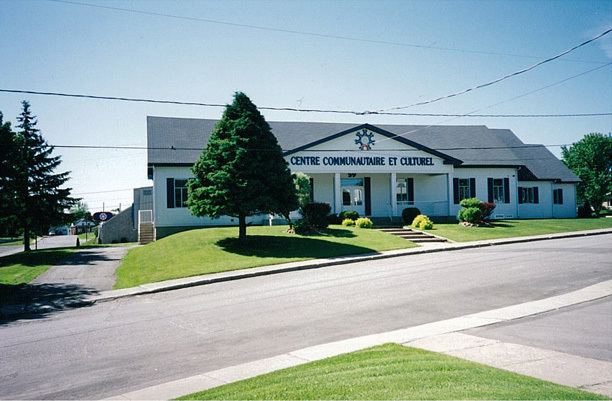Constituted October 23, 1996 Postal code(s) J0K 1B0 Area 26.1 km² Province Québec | Settled 1790s Time zone EST (UTC−5) Area code(s) 450 and 579 Population 3,887 (2011) Local time Tuesday 3:23 PM | |
 | ||
Weather 2°C, Wind NE at 10 km/h, 84% Humidity | ||
Crabtree is a municipality in the Lanaudière region of Quebec, Canada, part of the Joliette Regional County Municipality. It is located along the Ouareau River, a right tributary of the L'Assomption River.
Contents
Map of Crabtree, QC, Canada
The most interesting local attraction is the Trou de Fée (lit. "Fairy Hole"), a cave on the west bank of the Ouareau River.
History
The area began to be populated at the end of the 18th century. In 1845, the first saw mills were built along the Ouareau River, but didn't survive for long as they were washed away by spring floods.
The real impetus for the town's development came in 1905 when Edwin Crabtree bought land in what would become the centre of the municipality to build a paper mill. He founded the Edwin Crabtree and Sons Ltd. and built the mill also along the Ouareau River to take advantage of its hydraulic power. A year later, the post office opened under the name "Crabtree Mills".
In 1912, the mill was destroyed by fire, but was rebuilt within a year. Gradually a small village grew near the mill, including the so-called "English Street" (la rue des Anglais) with its residences for the managers, boarding house, the entertainment hall "Beaver S Club", tennis court and park. A dam on the Ouareau River was built in 1917-18. Edwin Crabtree and Sons Ltd. joined the Howard Smith Paper Mills group (subsequently bought by Domtar), and the plant was modernized. Today Kruger Products operates the mill.
In 1921, the Parish of Sacré-Cœur-de-Jésus was formed, and on December 27 of that year, it was also civilly incorporated as the Parish Municipality of Sacré-Cœur-de-Jésus. Kay Crabtree was the first mayor. On July 1, 1922, the School Commission of the Parish of Sacré-Cœur-de-Jésus-de-Crabtree was established. On March 9, 1930, the mill workers formed the Syndicat National des Travailleurs de la Pulpe et du Papier ("National Union of Pulp and Paper Workers"), one of the oldest unions affiliated with the paper and forestry sector of the Confederation of National Labour Unions.
For a long time the place was also identified with the extended name Sacré-Cœur-de-Jésus-de-Crabtree-Mills. In 1945, the village itself separated from the parish municipality and was incorporated as the Municipality of Crabtree. In 1991, Sacré-Cœur-de-Jésus was renamed to Sacré-Cœur-de-Crabtree to avoid confusion with a municipality in the Beauce by the same name. On October 23, 1996, both places were merged into the new Municipality of Crabtree.
Demographics
Population trend:
Private dwellings occupied by usual residents: 1573 (total dwellings: 1645)
Mother tongue:
